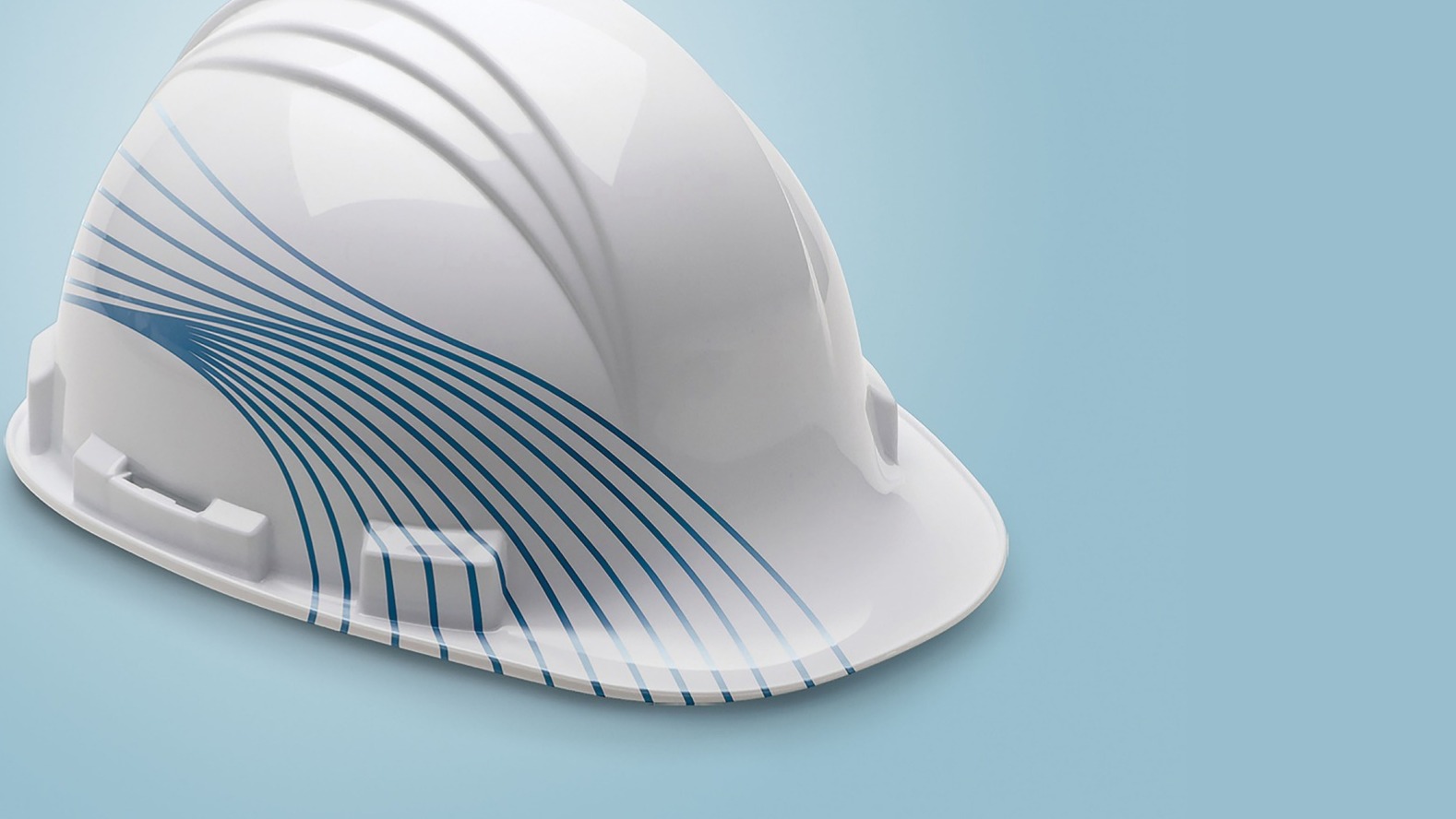
Aerogel Insulation vs. Other Insulation Materials
Aerogel Insulation vs. Other Insulation Materials: A Comparative Analysis
Table of Contents
Introduction
When it comes to choosing the right insulation material for your home or building, it's essential to consider various factors, including thermal performance, cost-effectiveness, and environmental impact. In recent years, aerogel insulation has gained significant attention for its remarkable properties and potential to outperform traditional insulation materials. In this article, we will compare aerogel insulation with other commonly used insulation materials, providing a comprehensive analysis to help you make an informed decision for your insulation needs.
Thermal Performance
Aerogel Insulation
Aerogel insulation is renowned for its exceptional thermal performance. Its unique nanoporous structure and low thermal conductivity allow it to effectively prevent heat transfer, providing superior insulation compared to traditional materials. Aerogel insulation can achieve higher R-values (a measure of thermal resistance) with thinner insulation layers, maximizing energy efficiency and saving valuable space.
Fiberglass Insulation
Fiberglass insulation is one of the most widely used insulation materials. It consists of fine glass fibers that trap air pockets, reducing heat transfer. While fiberglass insulation offers reasonable thermal performance, it typically requires thicker insulation layers to achieve comparable R-values to aerogel insulation. This can result in bulkier insulation installations and potentially limit design flexibility.
Cellulose Insulation
The recycled paper used to make cellulose insulation has been treated with fire retardants. It provides good thermal insulation and is often blown into wall cavities or attics. However, cellulose insulation has a lower R-value compared to aerogel insulation and may settle over time, compromising its long-term thermal performance.
Space Efficiency
Aerogel Insulation
Aerogel insulation's exceptional thermal performance allows for thinner insulation layers compared to other materials. This space-saving advantage is particularly valuable in situations where space is limited or where maximizing usable square footage is essential. With aerogel insulation, you can achieve optimal energy efficiency without sacrificing valuable living or working space.
Fiberglass Insulation
Fiberglass insulation typically requires thicker insulation layers to achieve desired thermal performance. While it can still be an effective insulator, the thicker insulation may consume more space, especially in applications with strict space constraints.
Cellulose Insulation
Cellulose insulation can be blown into cavities or applied as loose-fill insulation. While it provides reasonable thermal performance, it may settle over time, potentially diminishing its insulating properties and requiring additional insulation to maintain desired performance levels.
Moisture Resistance
Aerogel Insulation
Aerogel insulation exhibits excellent moisture resistance. Its nanoporous structure repels water, preventing moisture infiltration and the associated risks of mold growth, rot, and structural damage. Aerogel insulation provides a reliable moisture barrier, ensuring a healthier and more durable building environment.
Fiberglass Insulation
Fiberglass insulation is not inherently moisture-resistant. When exposed to moisture, it can absorb water, leading to a reduction in thermal performance and potentially causing mold growth or material degradation.
Cellulose Insulation
Cellulose insulation can absorb moisture, which may lead to a decrease in insulation effectiveness over time. Proper vapor barriers and installation techniques are essential to mitigate moisture-related issues with cellulose insulation.
Fire Resistance
Aerogel Insulation
Aerogel insulation is inherently fire-resistant. It is composed of non-combustible materials and can withstand high temperatures without contributing to the spread of flames. This makes aerogel insulation an excellent choice for enhancing fire safety in buildings.
Fiberglass Insulation
Fiberglass insulation is non-combustible and provides some fire resistance. However, it can melt under extremely high temperatures and may contribute to the spread of flames if not properly protected.
Cellulose Insulation
Cellulose insulation is treated with fire retardants to enhance its fire resistance. While it can provide some level of fire protection, it may still burn when exposed to high heat.
Environmental Impact
Aerogel Insulation
Aerogel insulation is considered an environmentally friendly insulation option. It is often made from recycled materials and requires less energy to produce compared to other insulation materials. Additionally, its long lifespan and minimal maintenance needs contribute to its overall sustainability.
Fiberglass Insulation
Fiberglass insulation is made from sand and recycled glass, making it a relatively eco-friendly choice. However, the manufacturing process requires significant energy inputs, and the disposal of fiberglass waste can be a concern.
Cellulose Insulation
Cellulose insulation is primarily composed of recycled paper products, making it an environmentally friendly option. However, the production process may involve the use of chemicals, and the fire retardants added to the insulation may have environmental implications.
Conclusion
Aerogel insulation sets itself apart from other insulation materials with its exceptional thermal performance, space efficiency, moisture resistance, fire resistance, and environmental benefits. While fiberglass and cellulose insulation have their advantages, aerogel insulation offers superior insulation capabilities, allowing for thinner insulation layers, maximizing space utilization, and providing long-lasting moisture resistance and fire protection. When considering insulation options for your home or building, aerogel insulation emerges as a remarkable choice that combines optimal energy efficiency, comfort, and environmental sustainability.
Call Shreveport Insulation Pros to learn more!